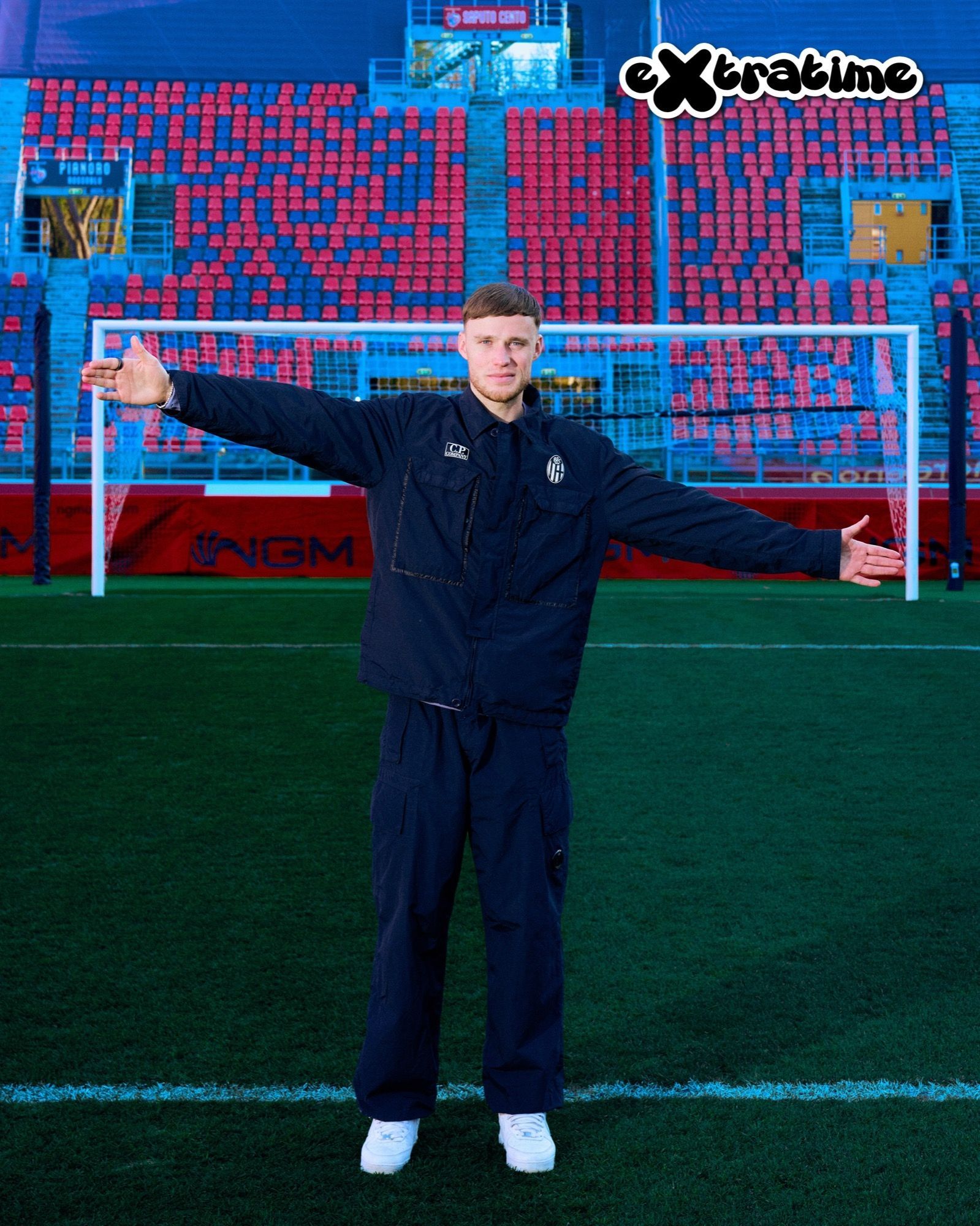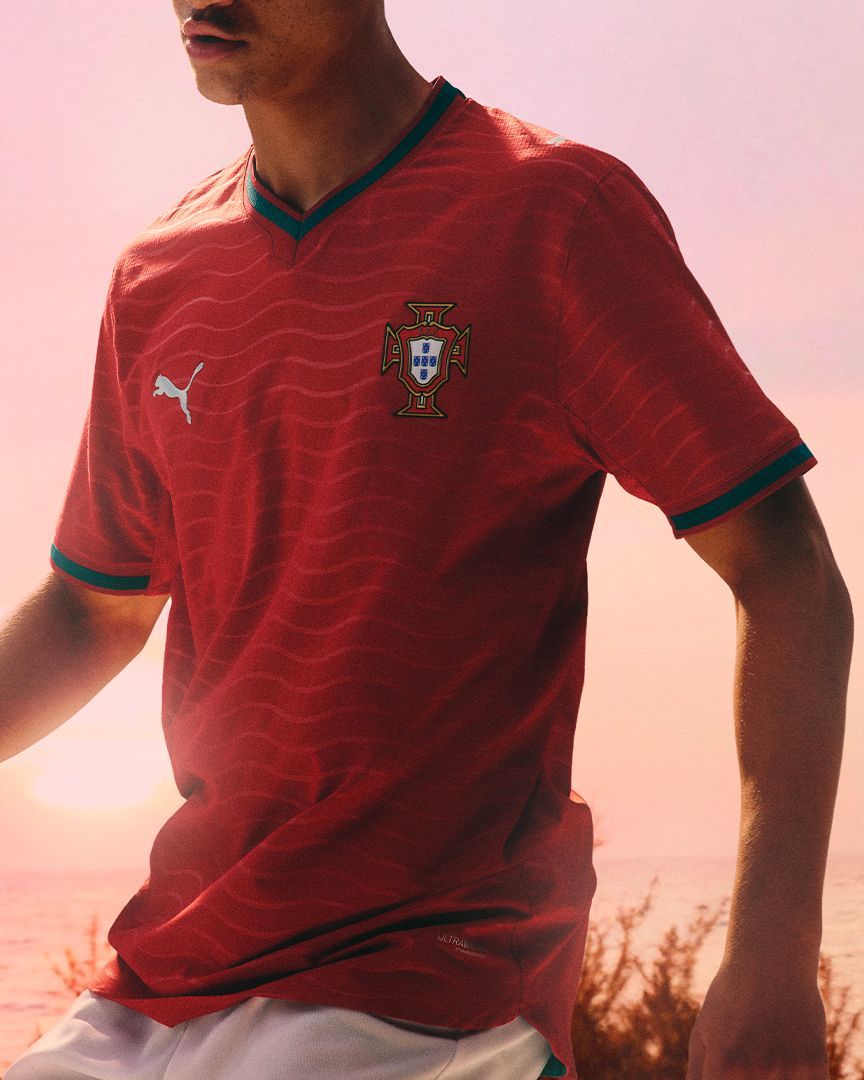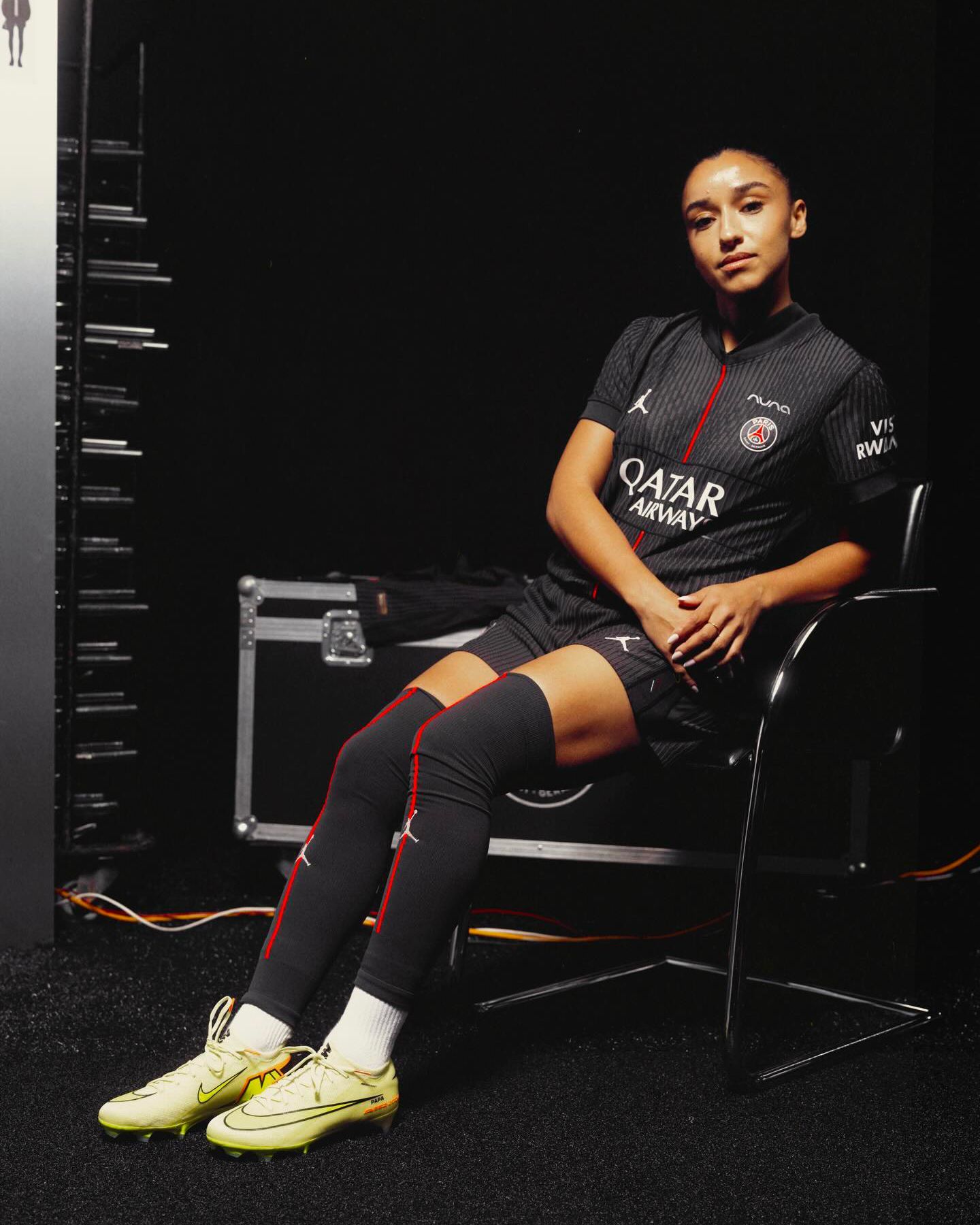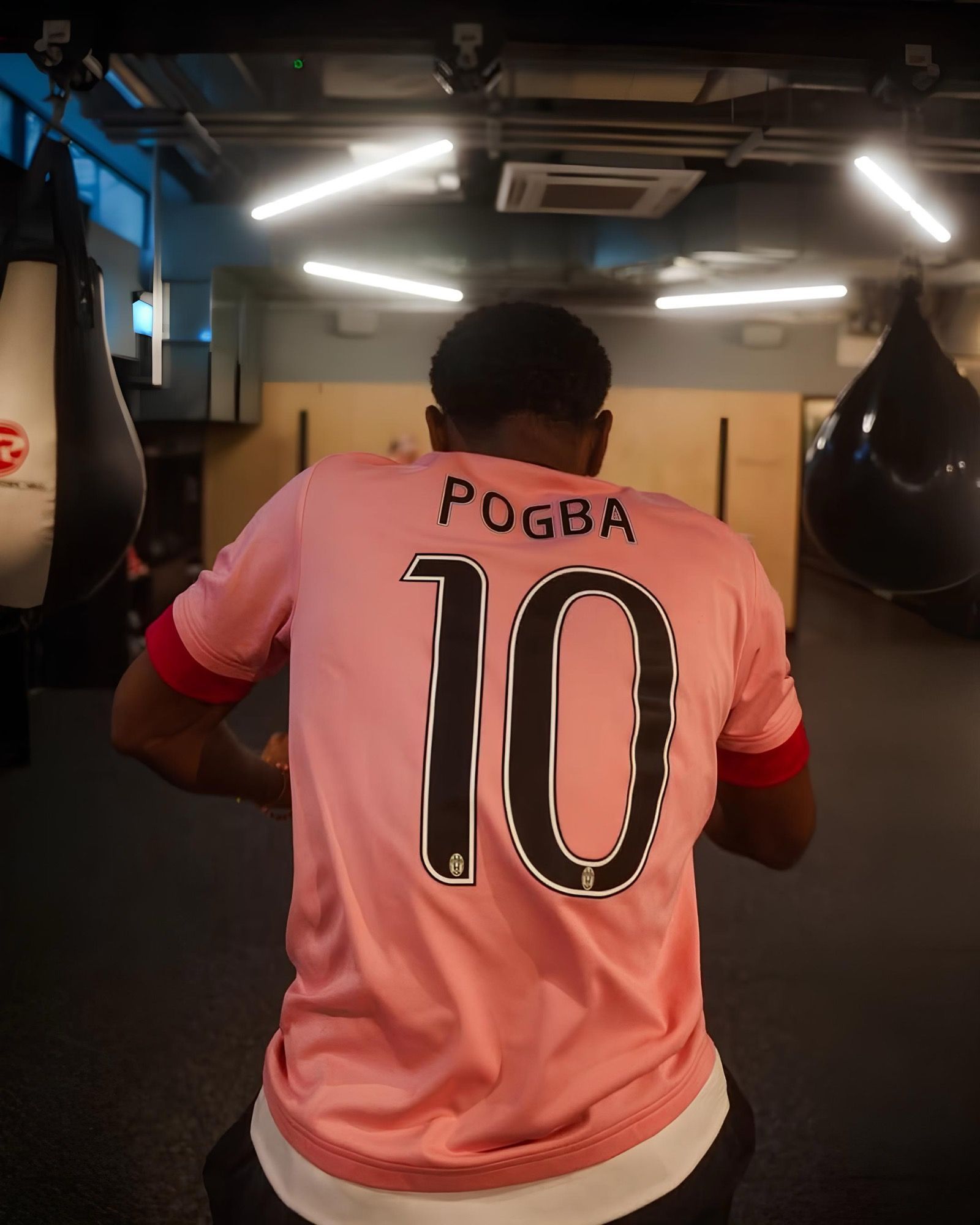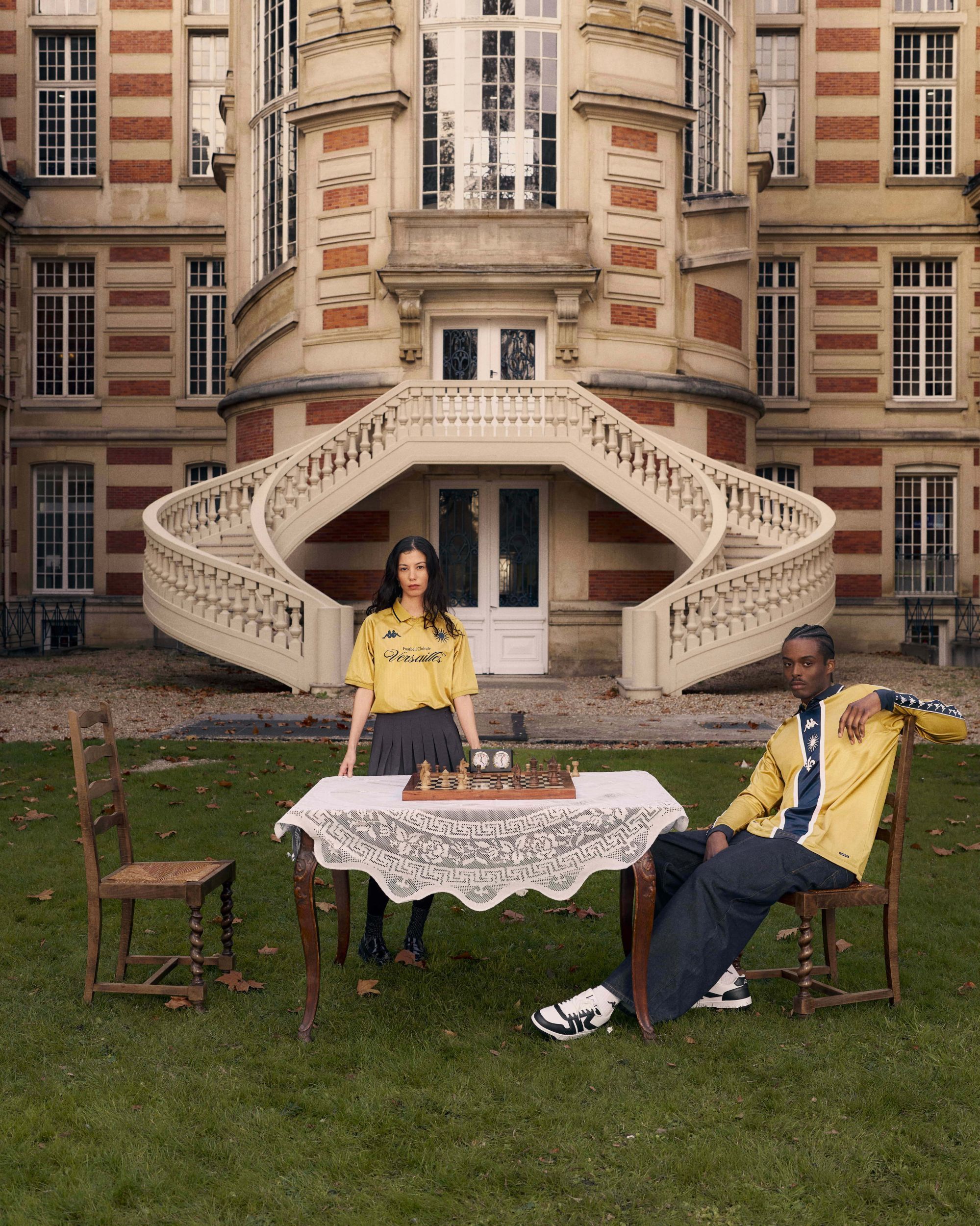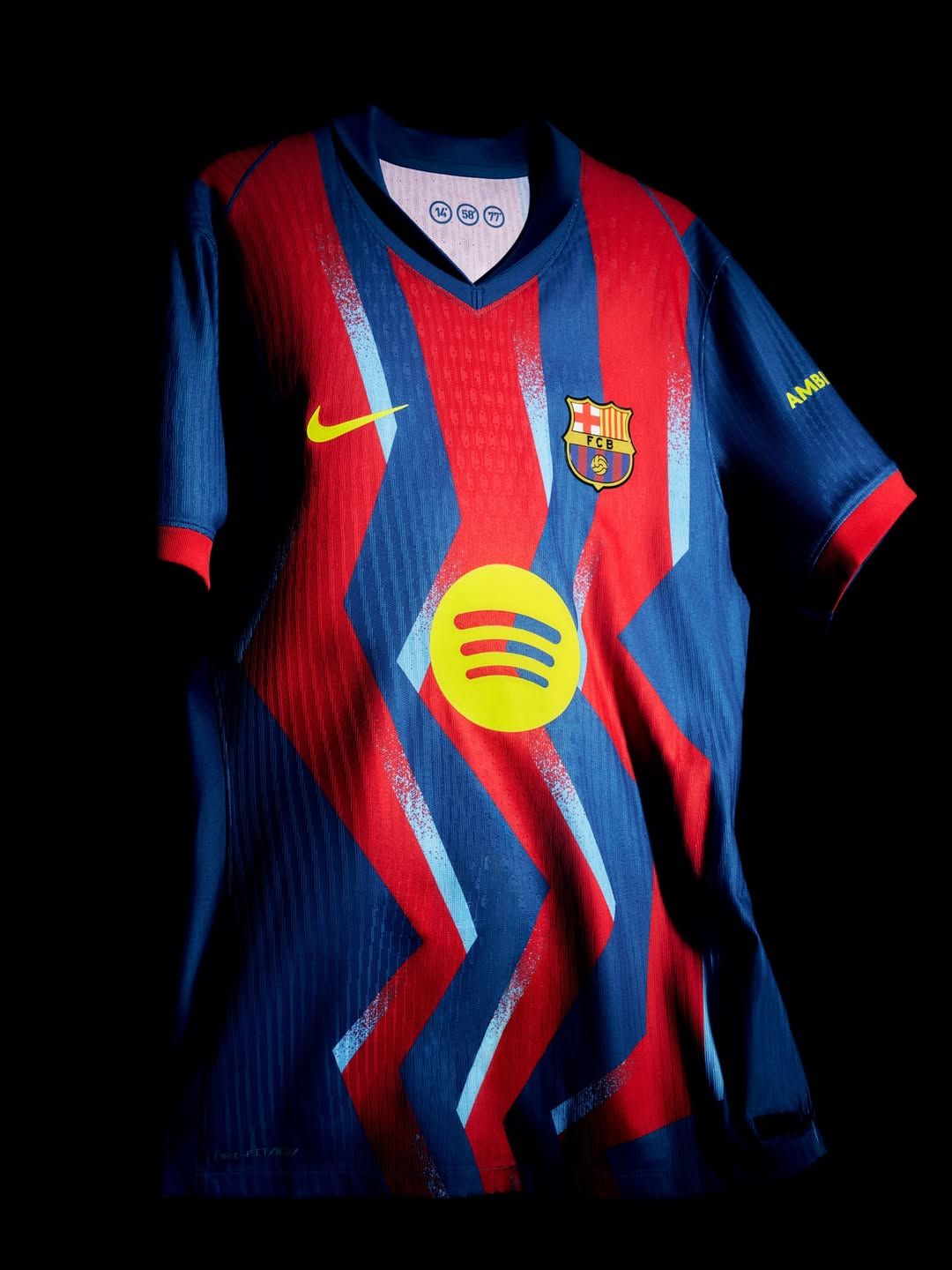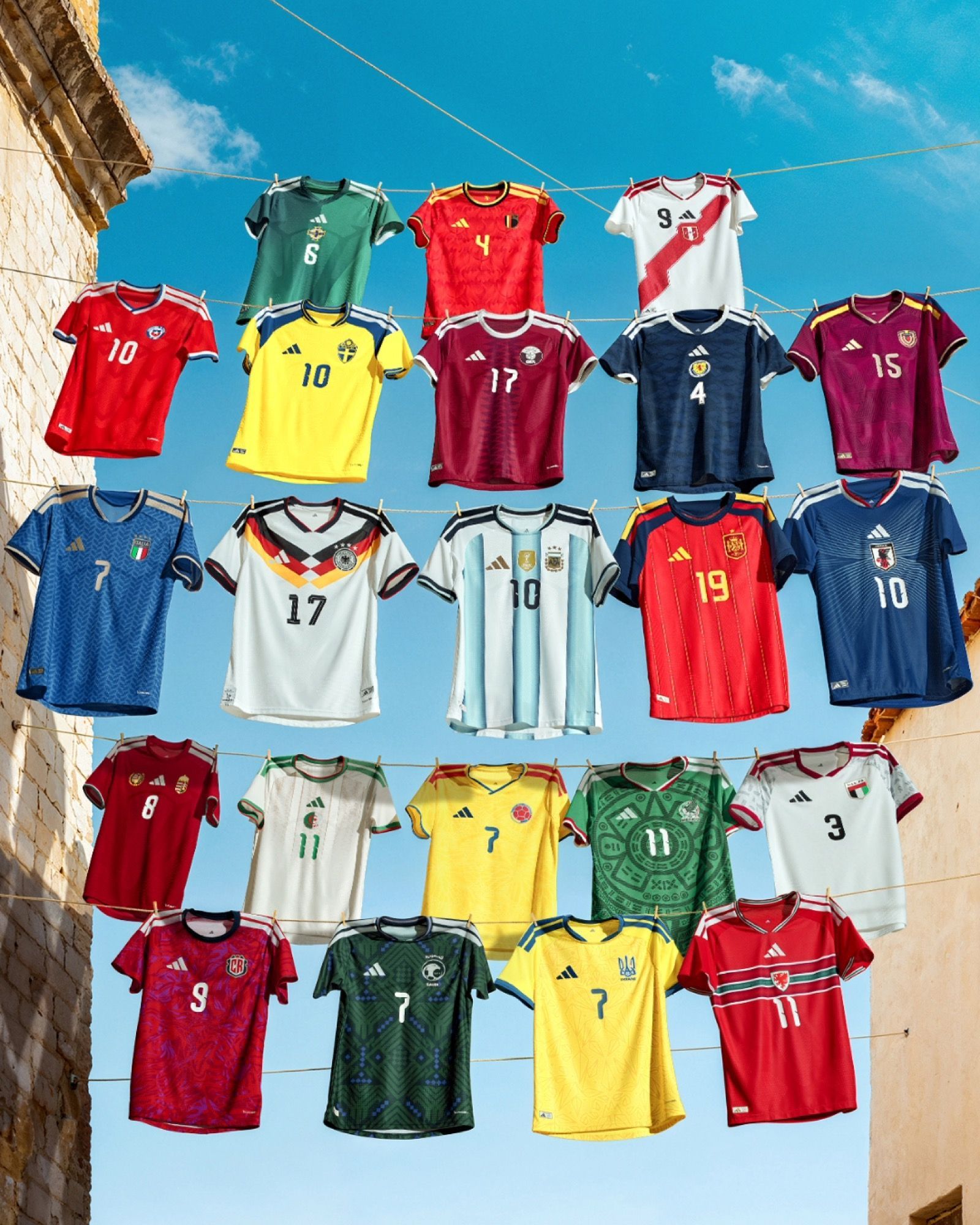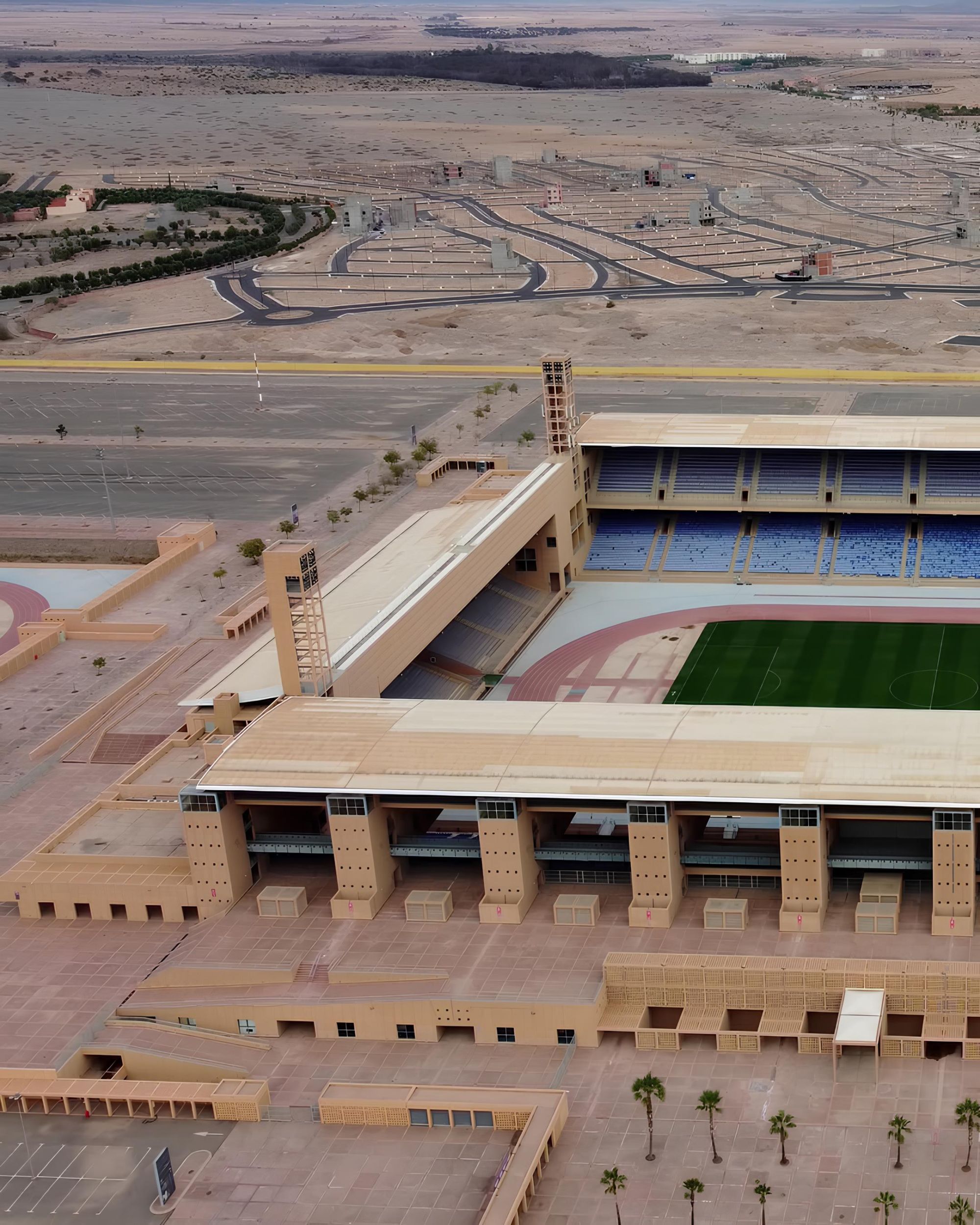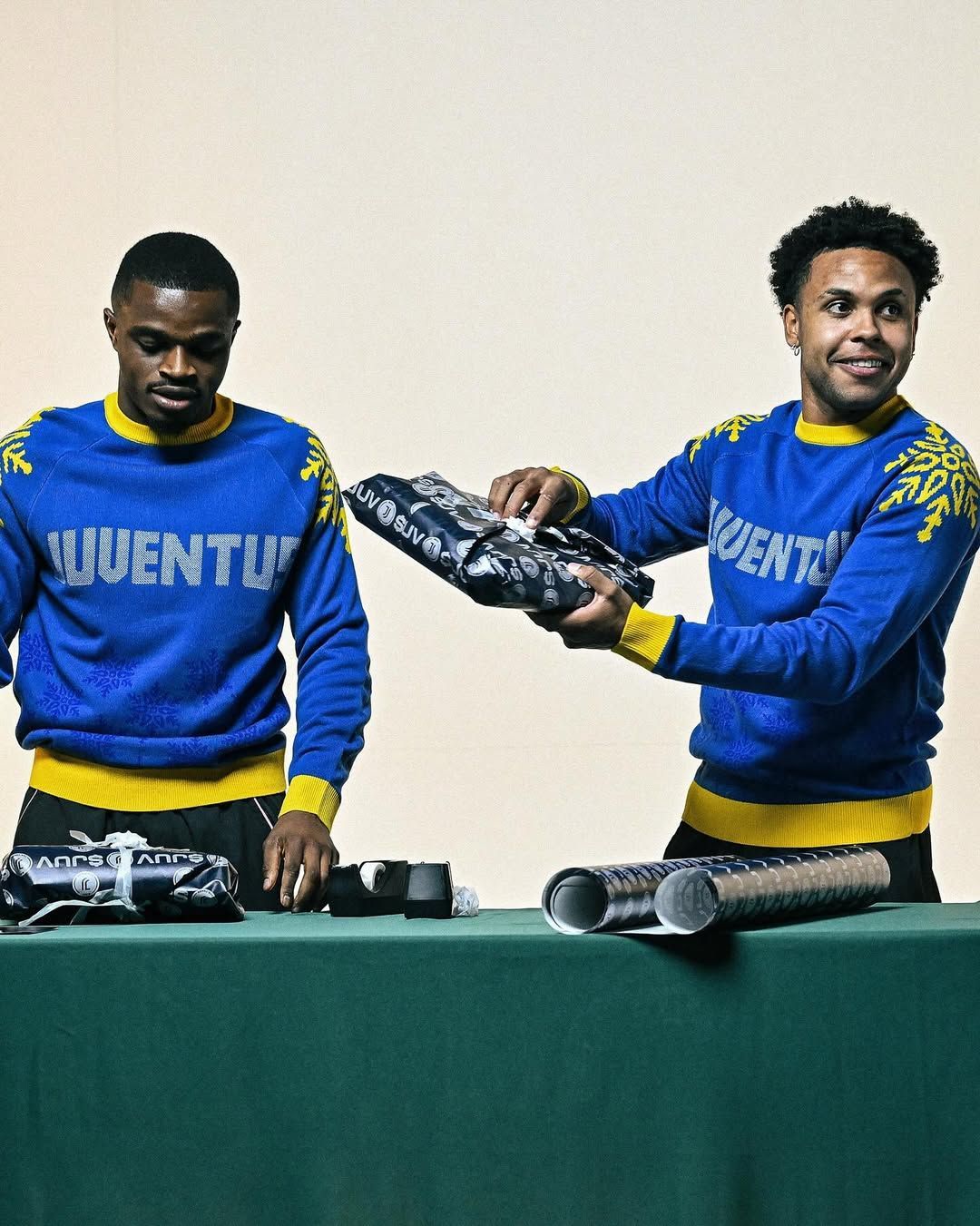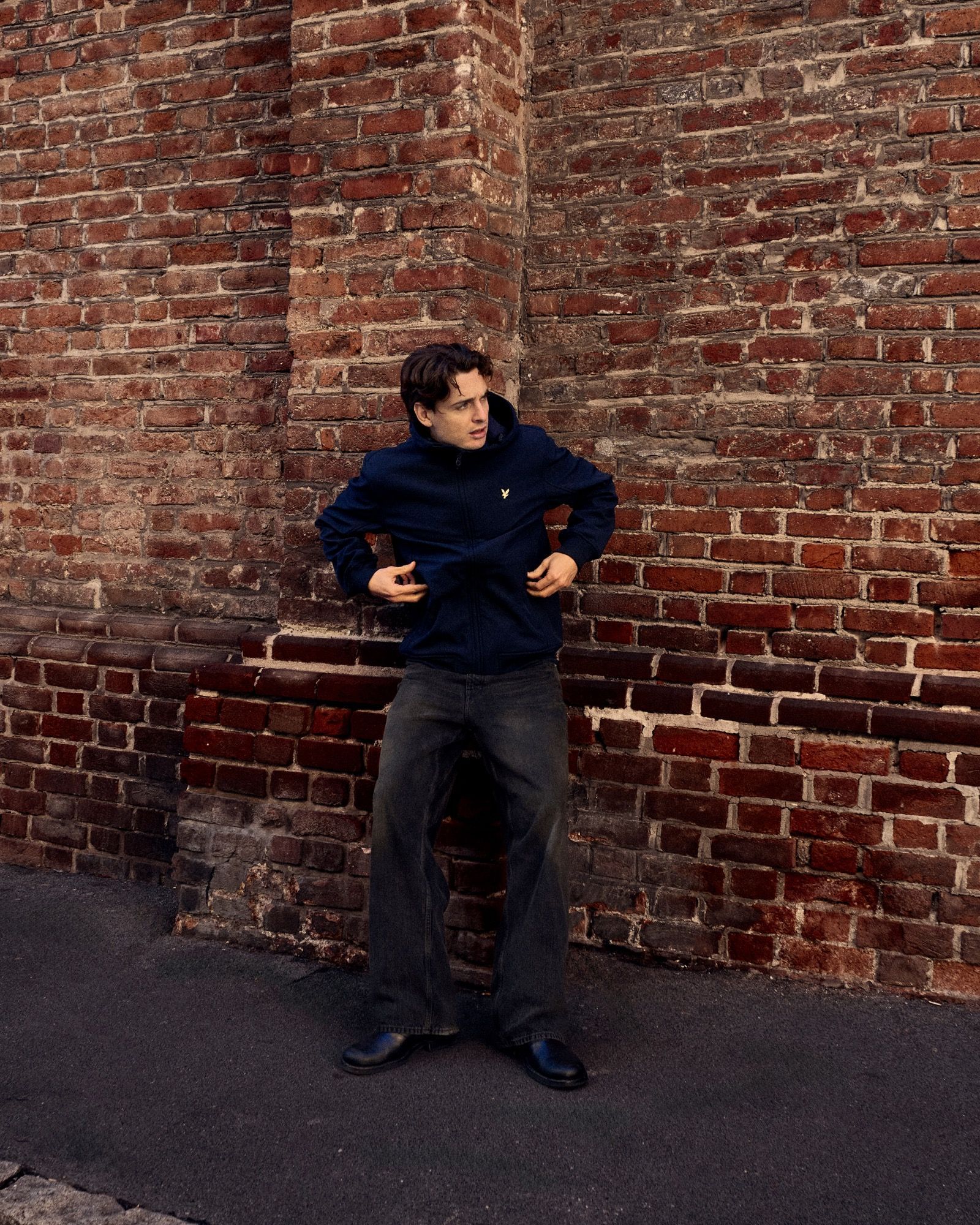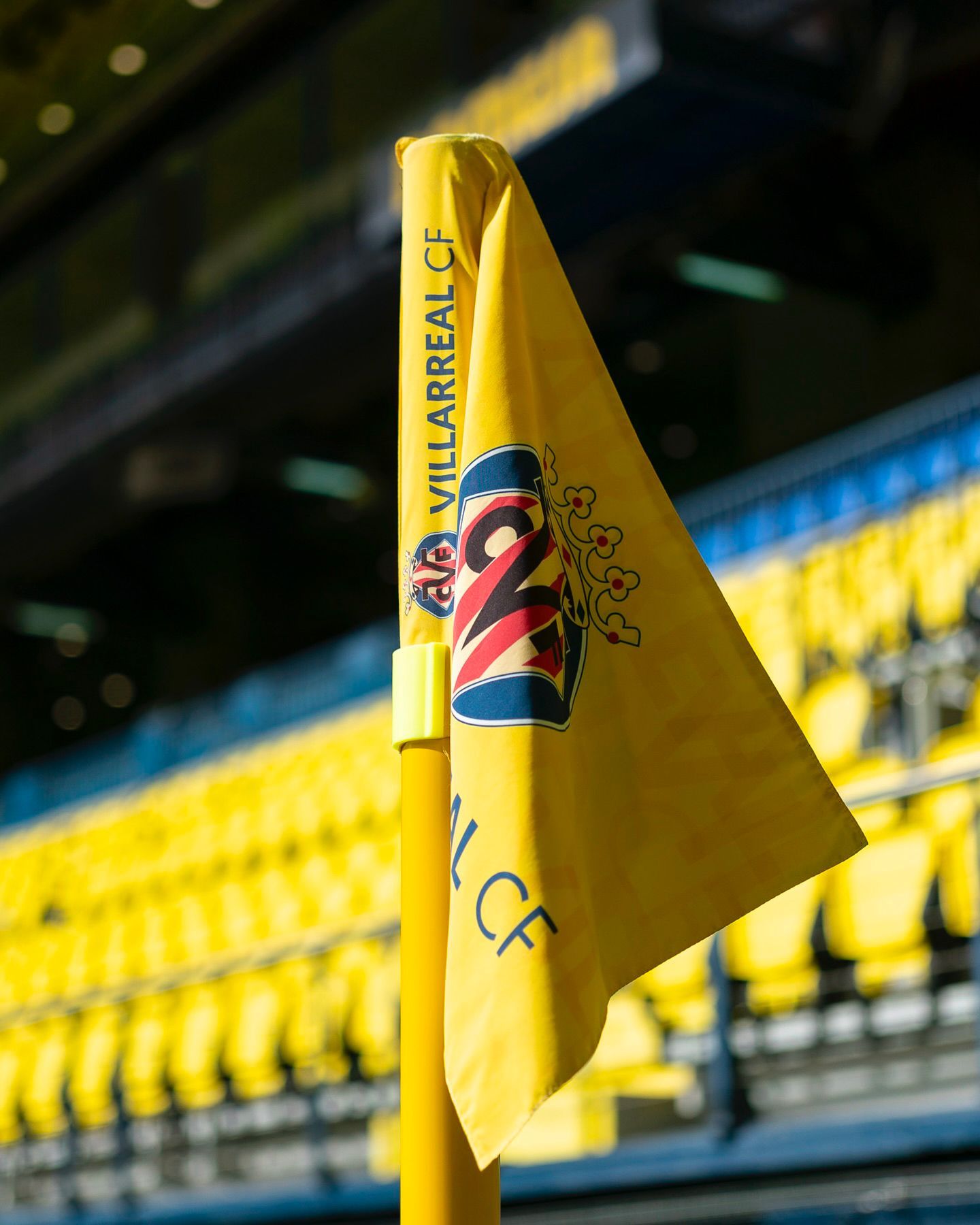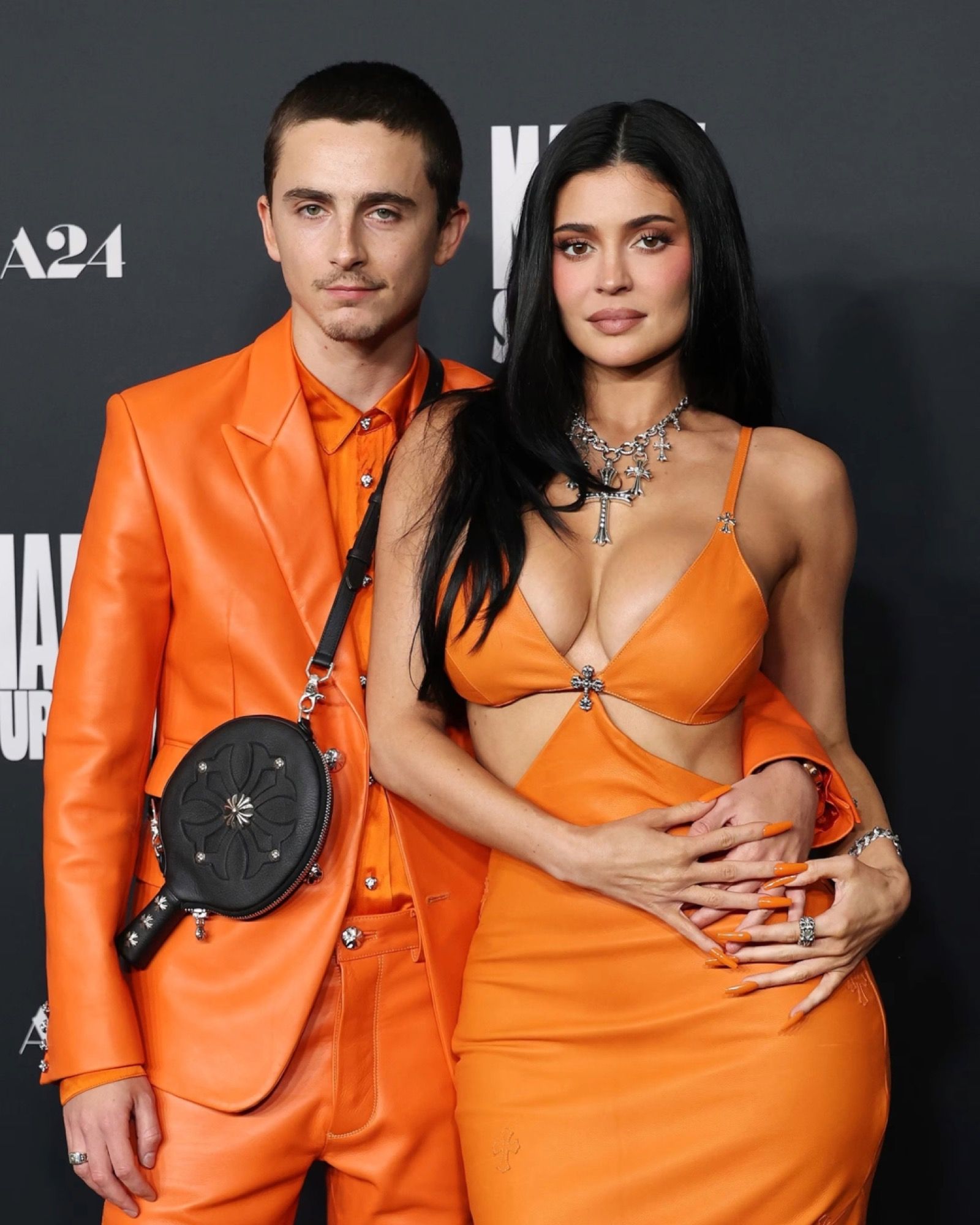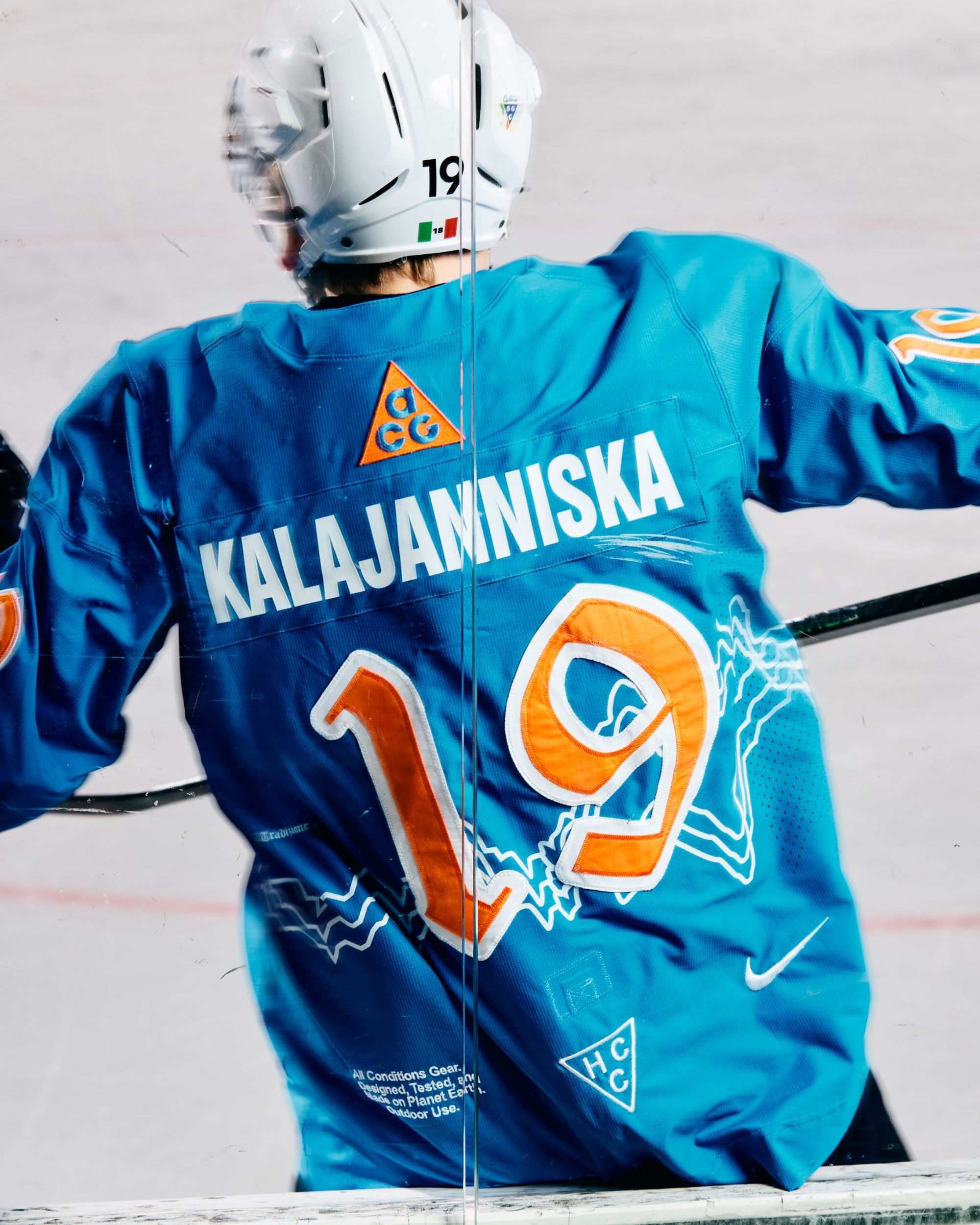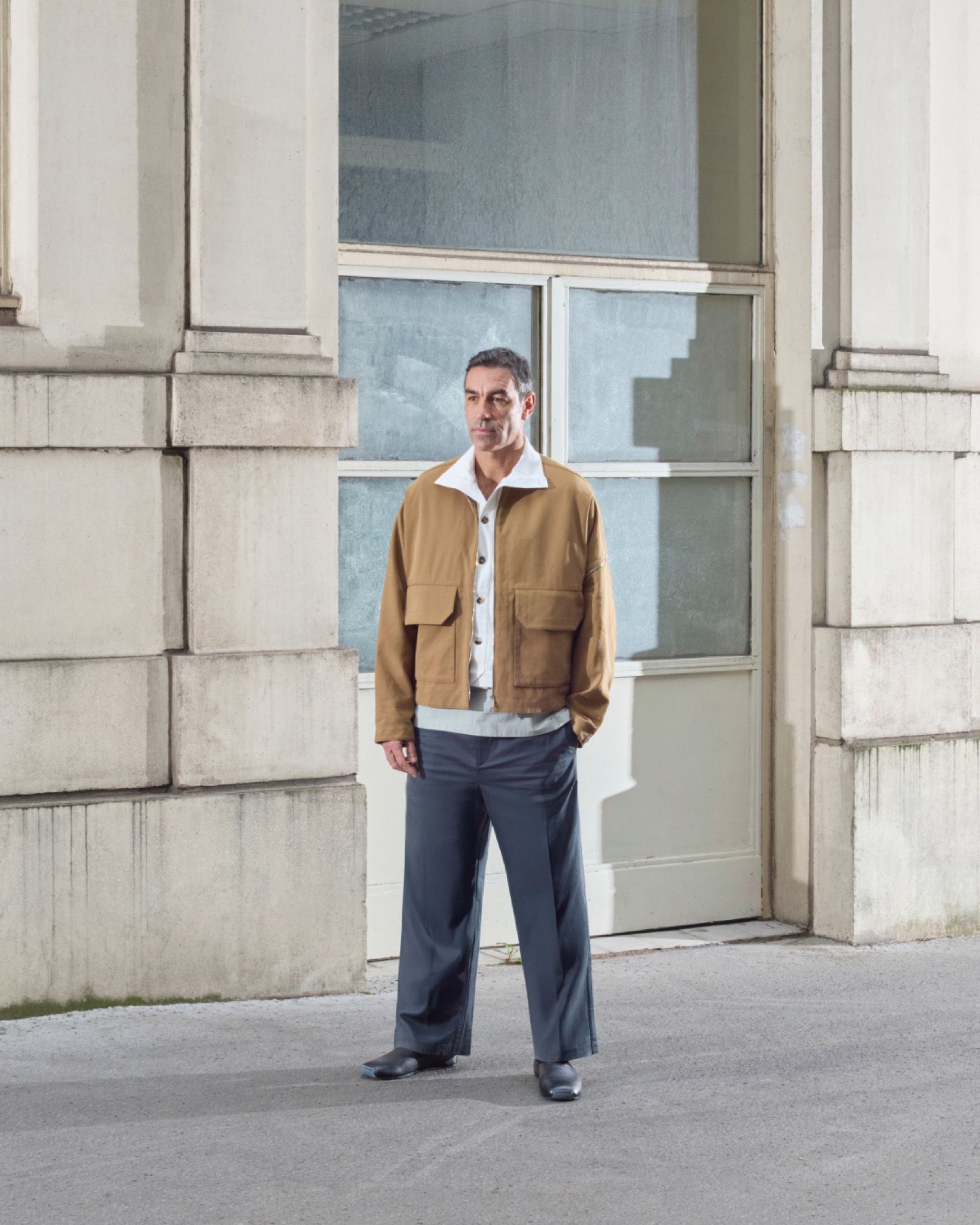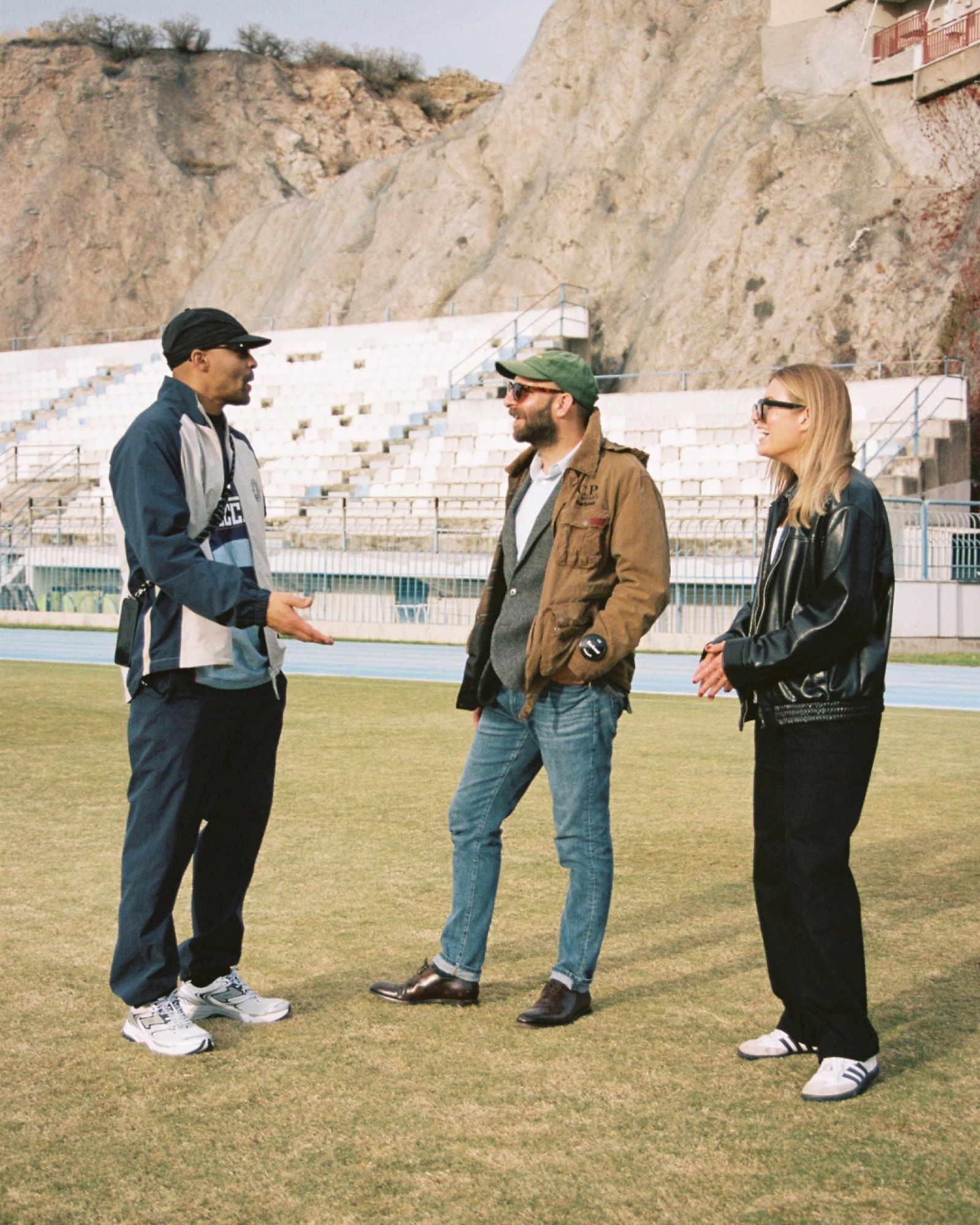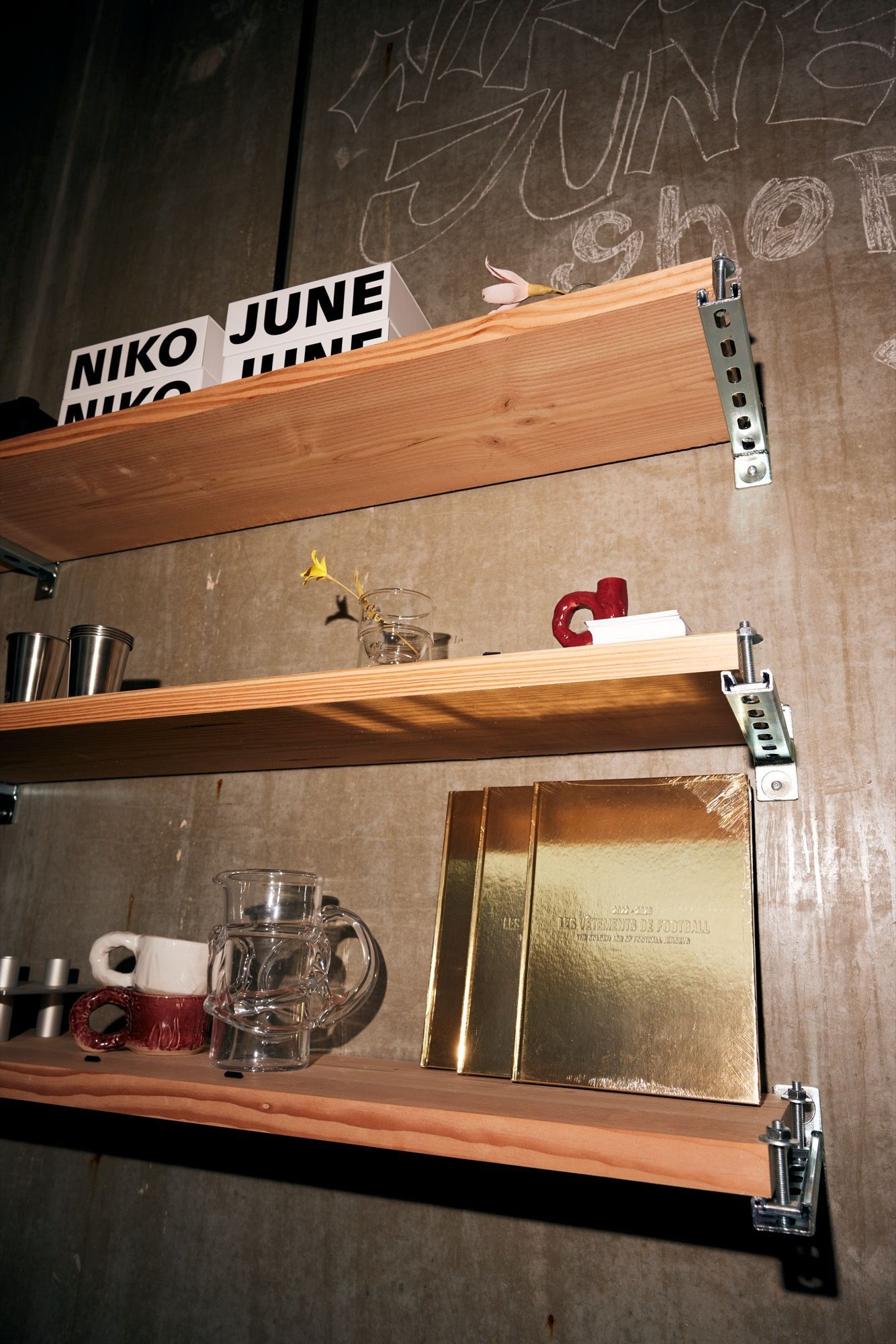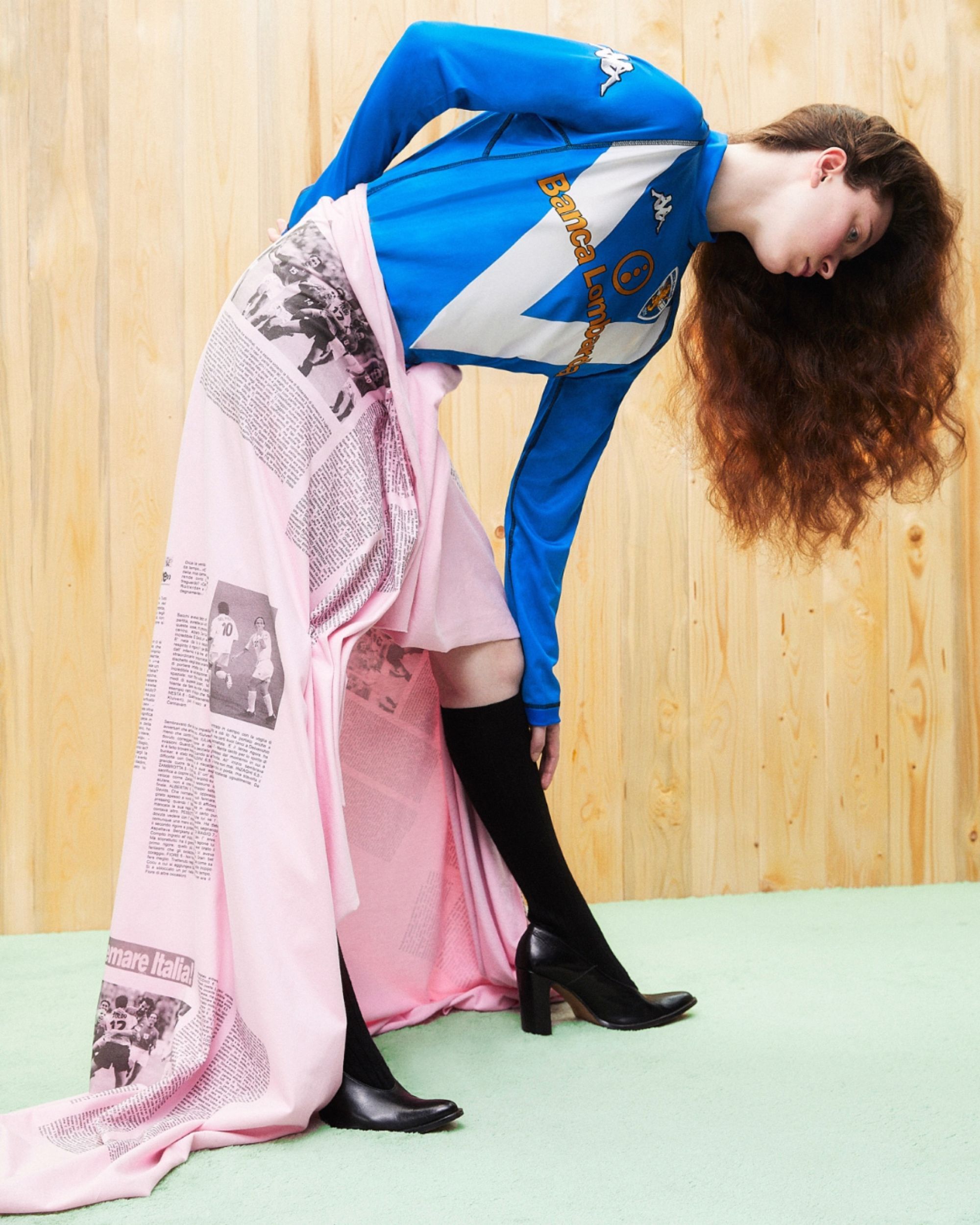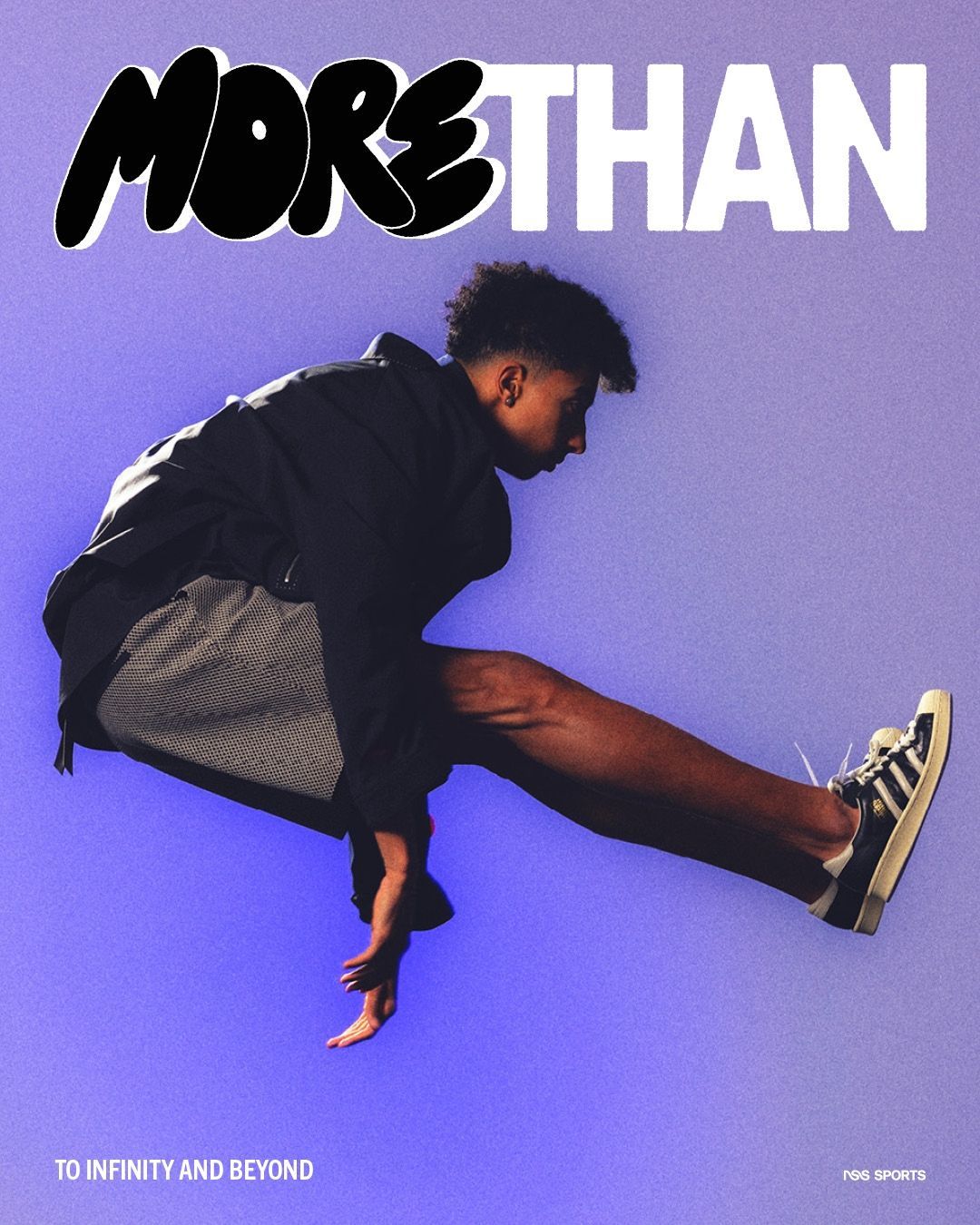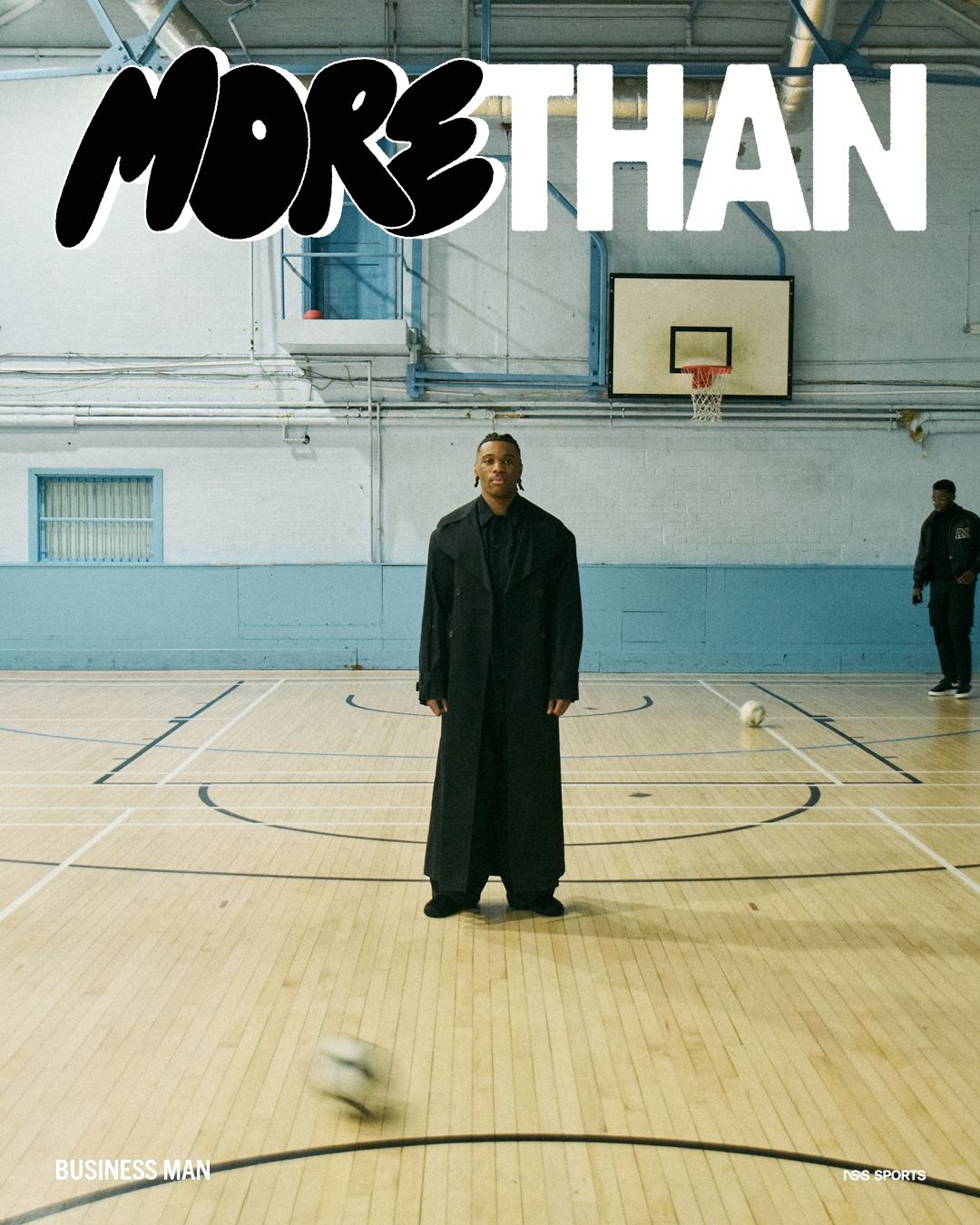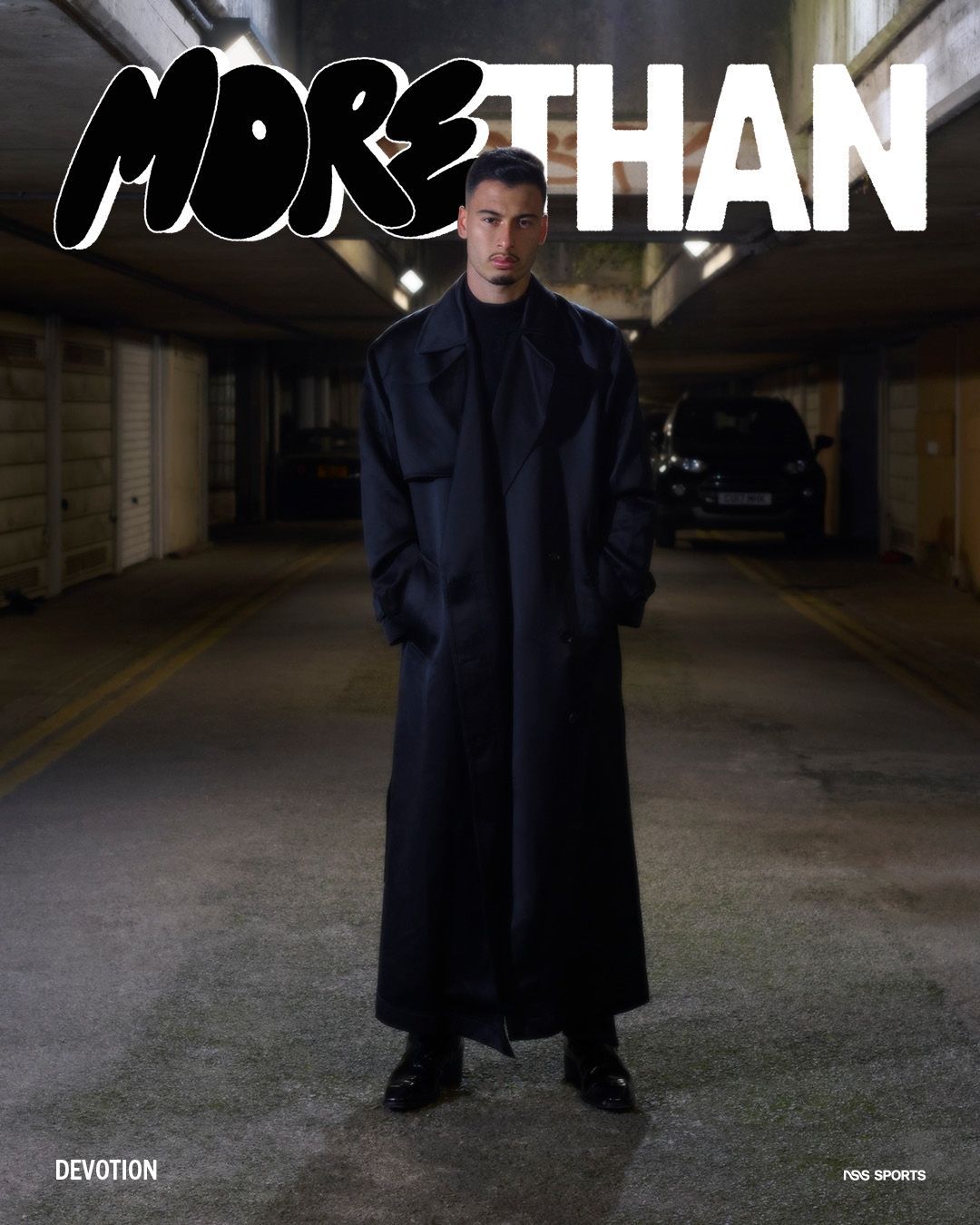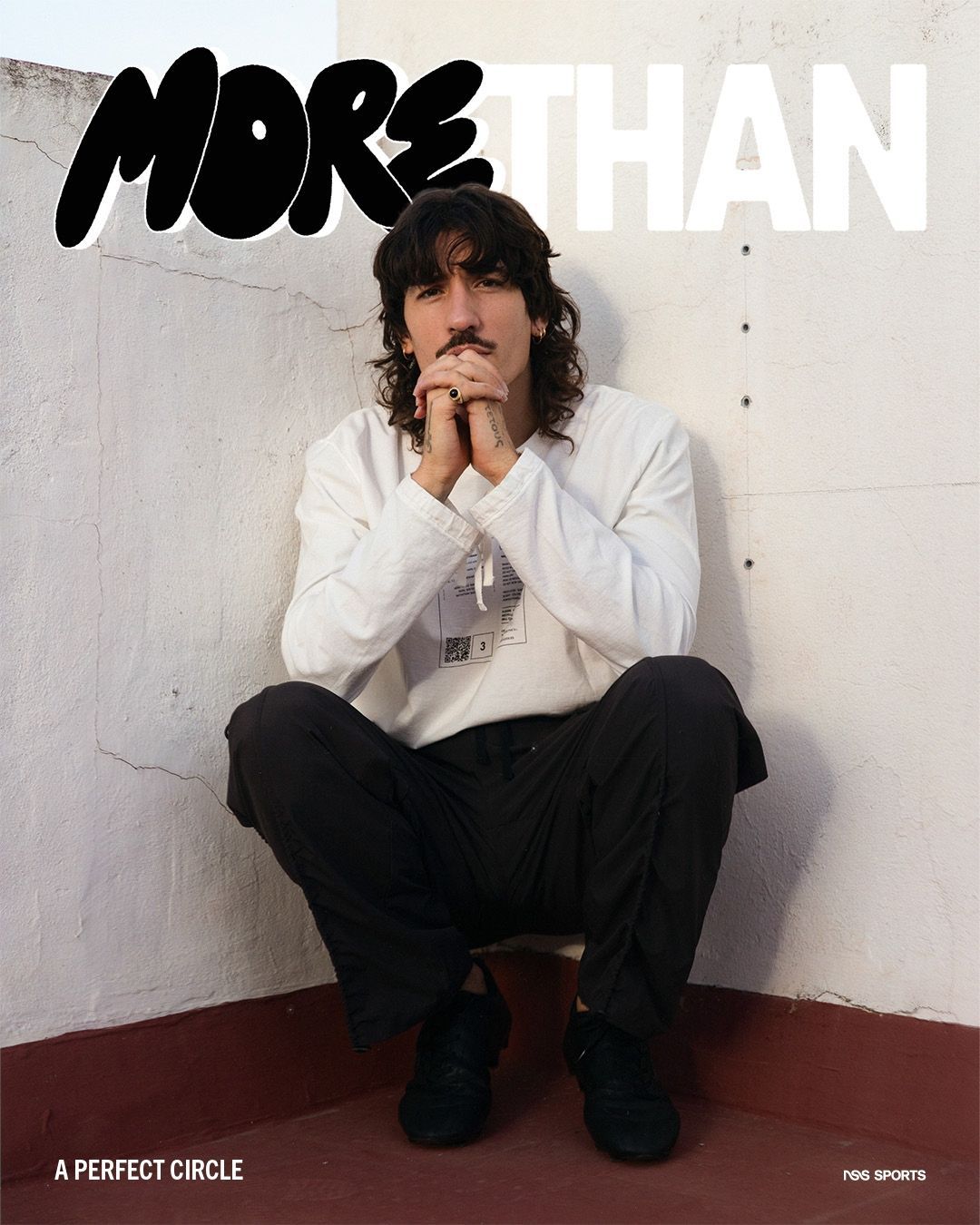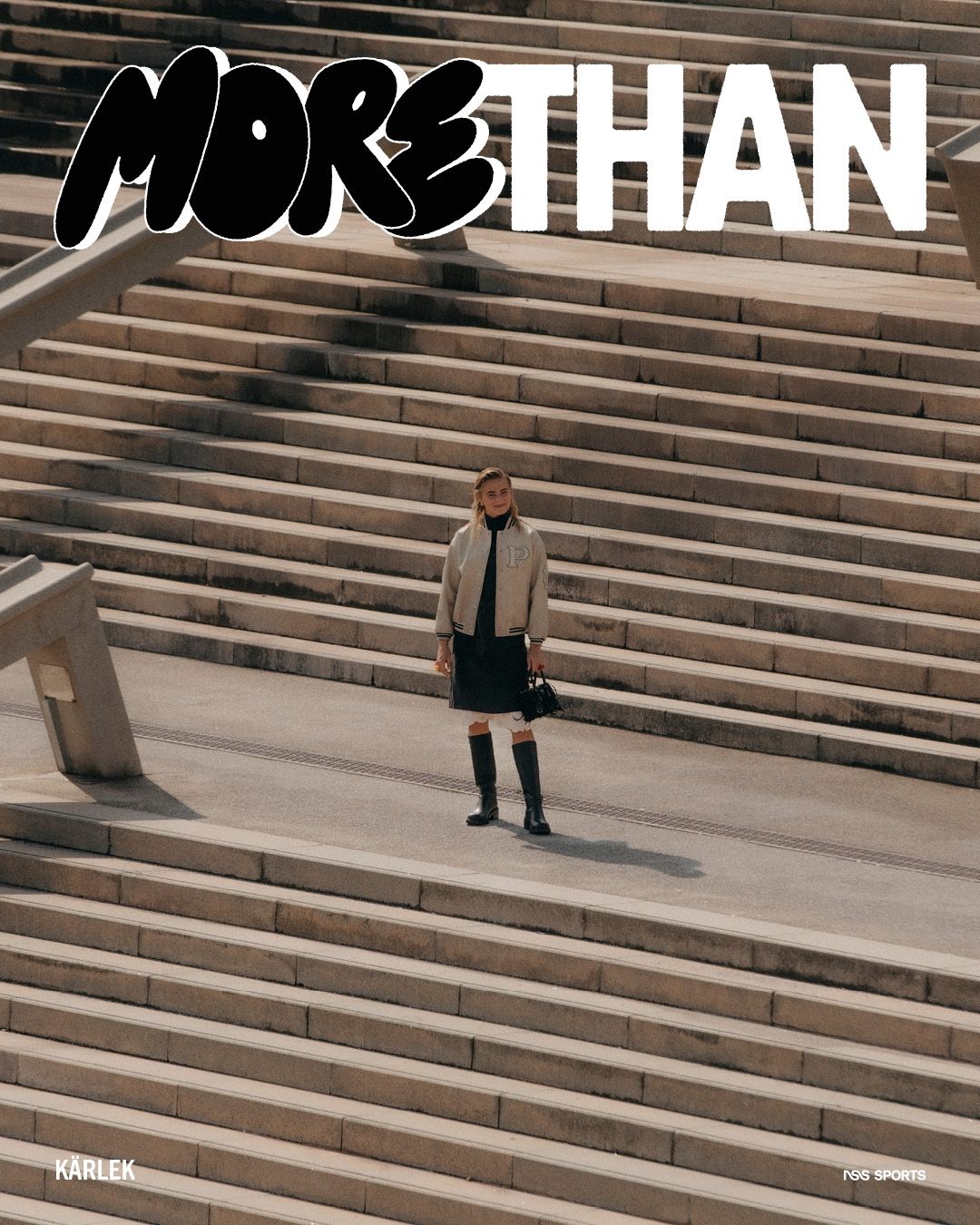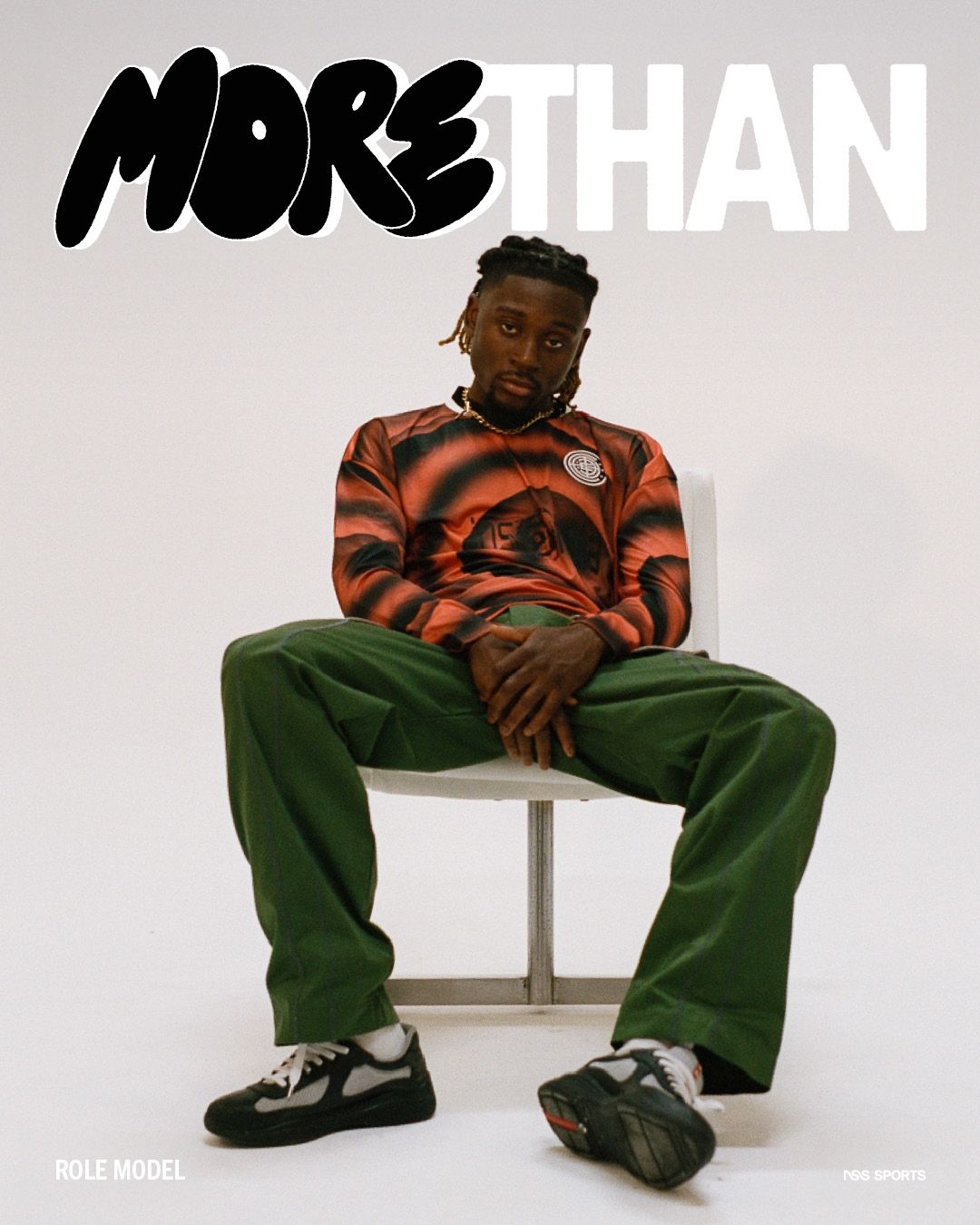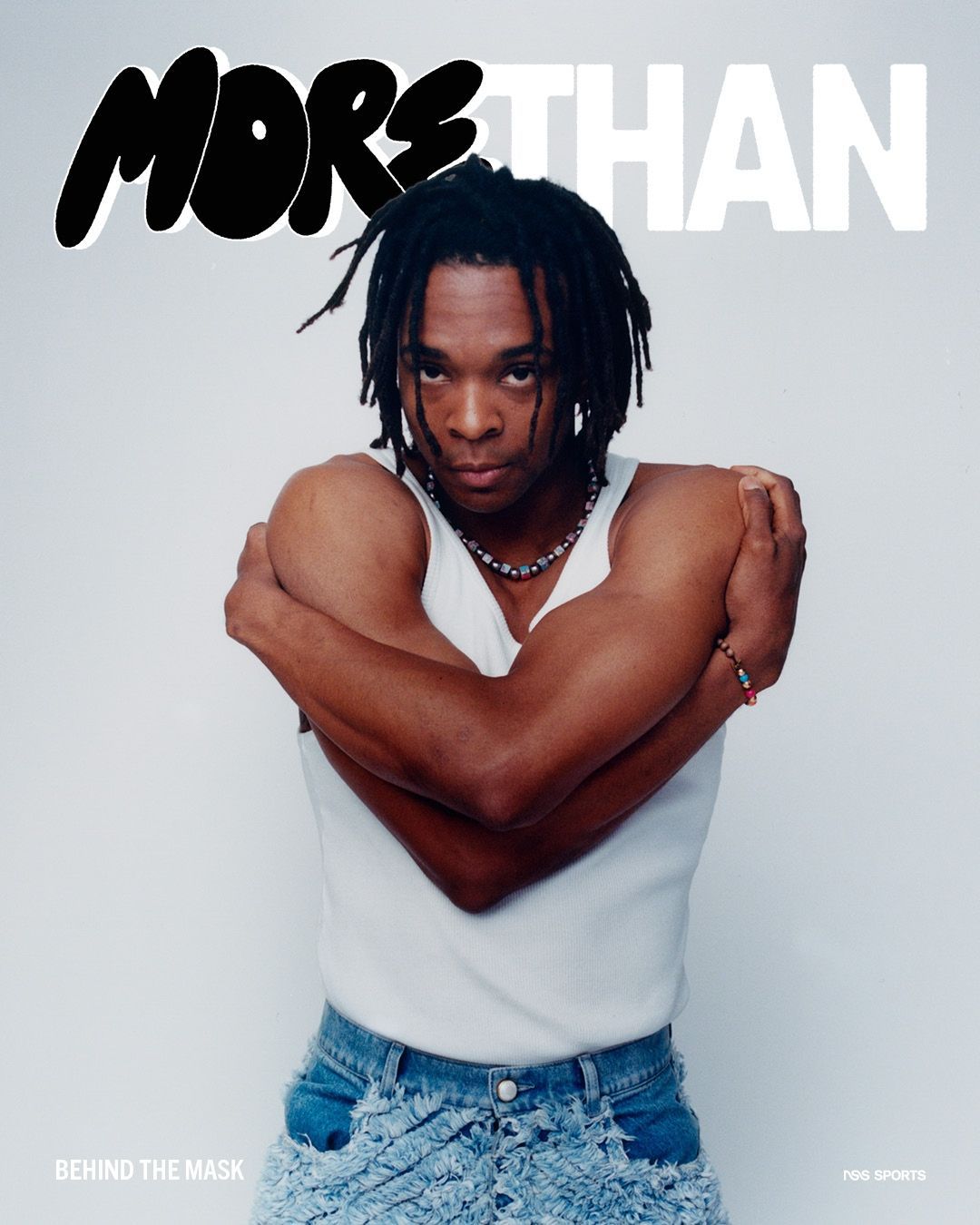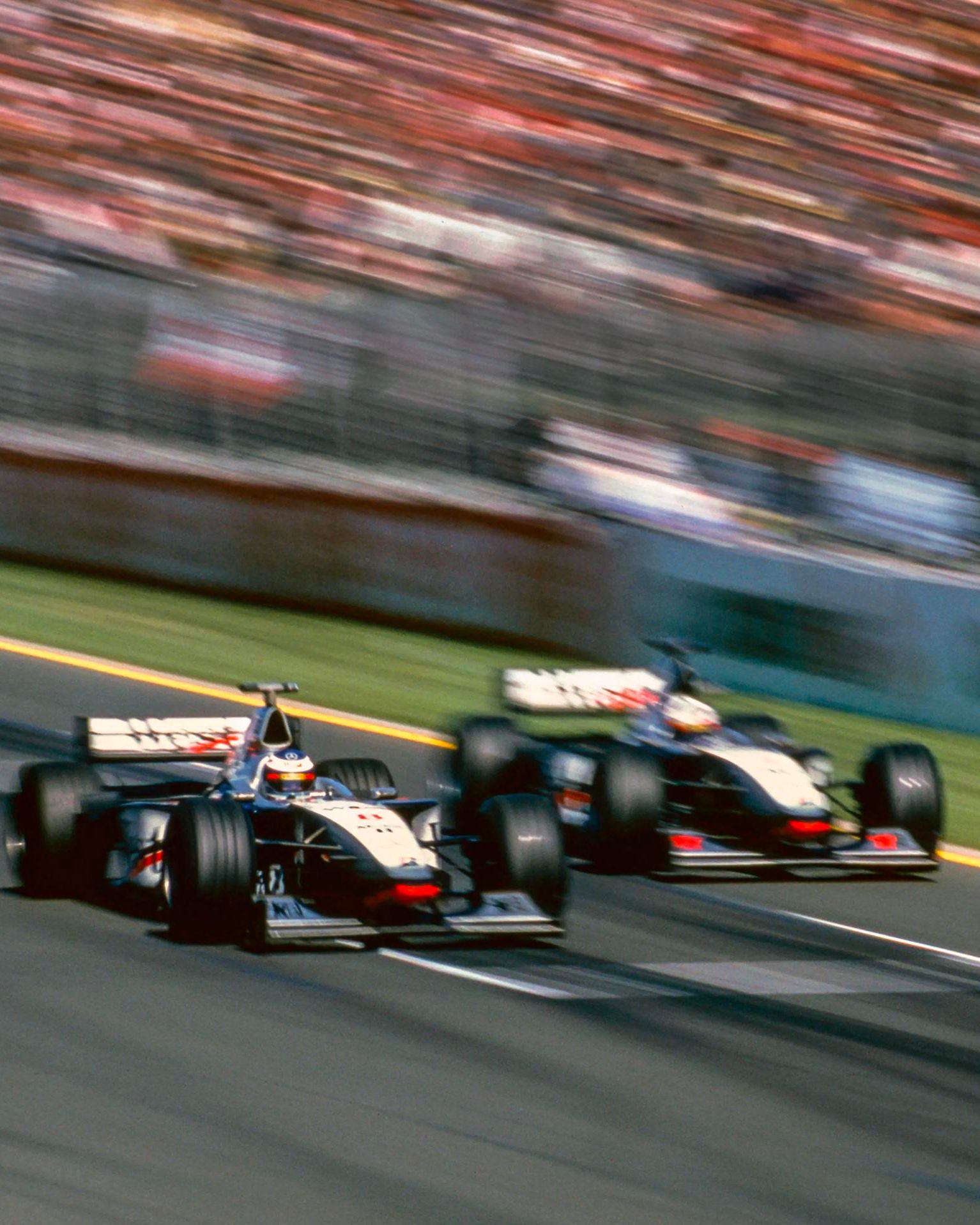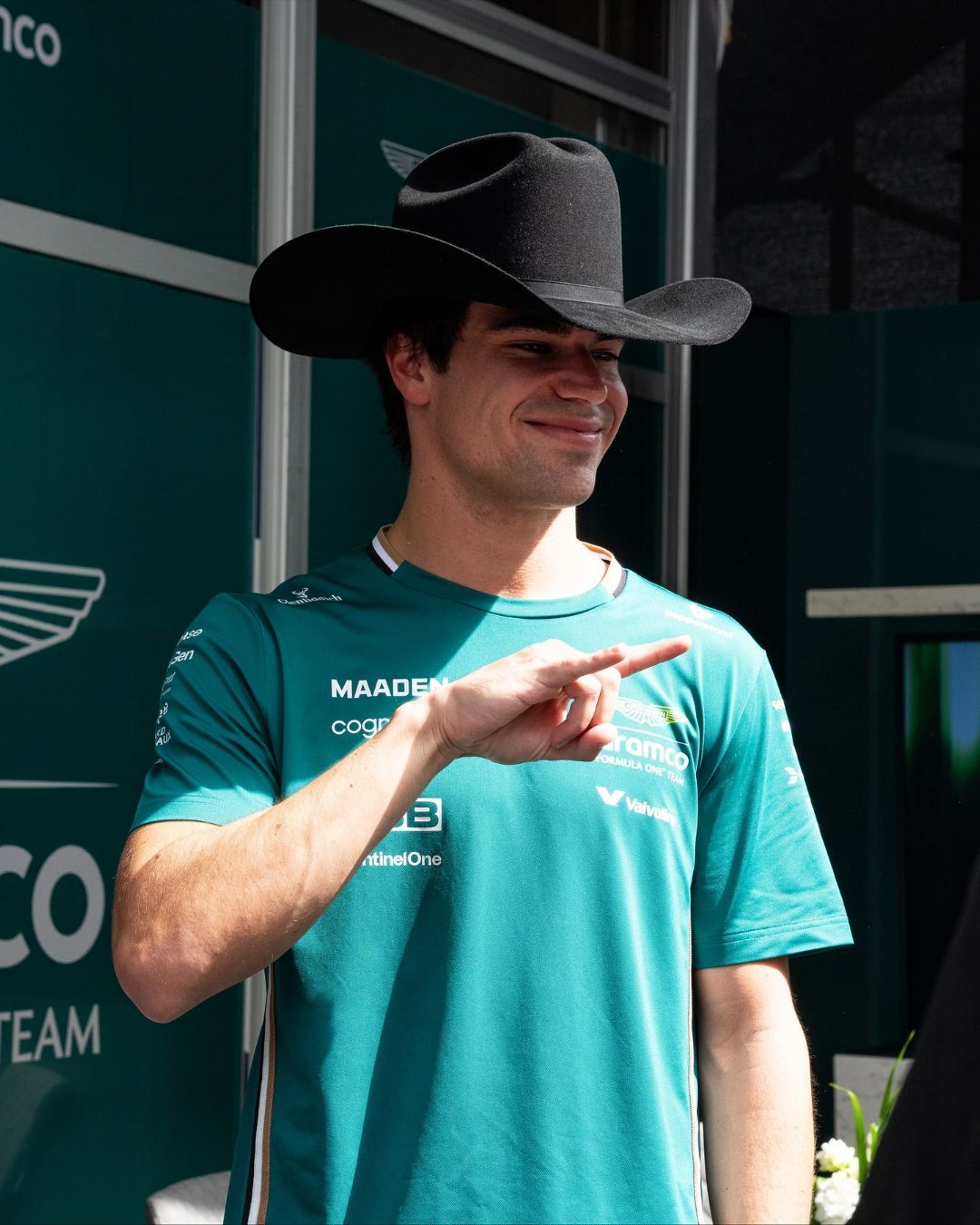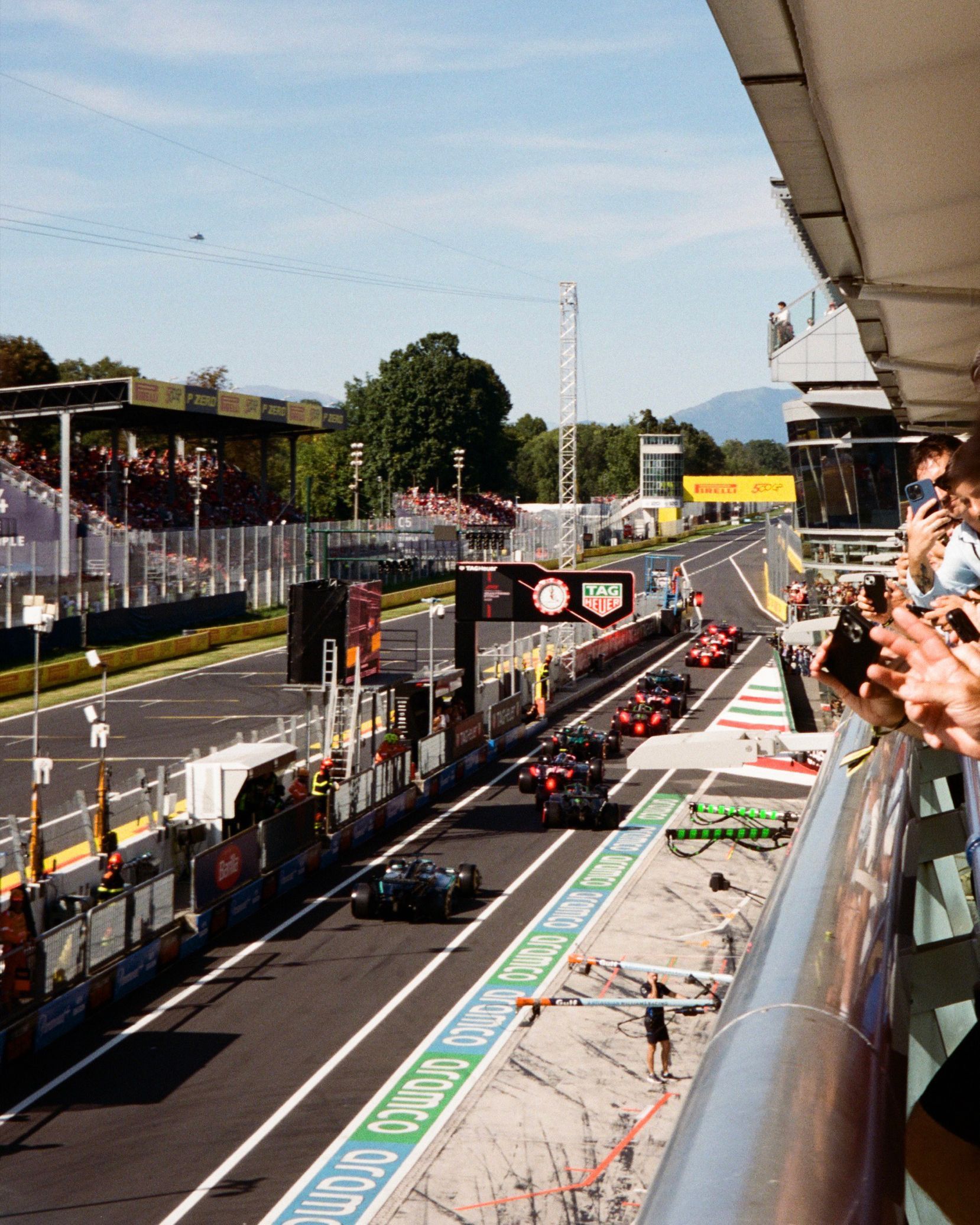
Is there a need for so many special liveries in F1? The equivalent of anniversary kits in football
We’ve said it time and again: F1 is at the peak of its popularity. There’s no doubt about it. Revenues are through the roof, and its fame has skyrocketed thanks to Drive to Survive, pushing every other sport to develop its own Netflix series just to keep up. And as if that weren’t enough, there's a movie too— actually, a blockbuster produced by Apple TV+ starring Brad Pitt and co-produced by none other than Lewis Hamilton. Drivers are now global superstars, and that’s exactly why brands — fashion and otherwise — are scrambling to enter the paddock. On the horizon, even more growth seems inevitable, fueled by the new technical regulations coming into effect in 2026, which have already prompted automotive giants like Audi and Cadillac to start developing their own F1 projects. There’s no doubt that Liberty Media, the American company that owns F1, has pulled off a masterpiece in relaunching the global image of the sport, managing to attract new fans even in places previously unimaginable just a few years ago. Still, in this context of constant growth and expansion, there are some less positive aspects.
For example, is there really a need to create so many special liveries? From the season opener in Melbourne, Australia, to the most recent race held this past weekend in Silverstone —12 Grands Prix out of the 24 scheduled for the 2025 calendar — we’ve already seen nine special liveries from six different teams. And that number is bound to rise, because just like football has anniversary kits, there’s always a good excuse to develop a special livery. To be clear, it’s not always a bad thing. The Racing Bulls redesigned by Slawn are an aesthetic masterpiece that shows F1 isn’t afraid to mix with contemporary art. But other examples, like the blue Ferrari seen in Miami, are purely marketing stunts that are hard to justify.
The idea of redefining tradition by trying to innovate aesthetic standards that seem carved in stone is spreading across all sports. But here we’re going beyond. There’s simply no need — at least not to this extent. If every weekend there's a new special livery, then normal becomes the exception—and that’s not the point. It’s partly the same issue we’ve seen in the past with driver helmets: constant color changes make it harder for fans to build a sense of connection. More generally, it confuses viewers —whether they’re devoted fans who tune in every Sunday or casual ones who might get disoriented when the next week that chrome-painted or illustrated car is suddenly gone. The liveries on F1 cars are the sport’s most important aesthetic asset, the equivalent of team colors for any professional sports club. Constant changes only serve to undermine that value and make a creative process boring — a process that, when done right and at the right time, can produce timeless masterpieces that go down in the history of the sport and, above all, stay forever in the memories of fans.







